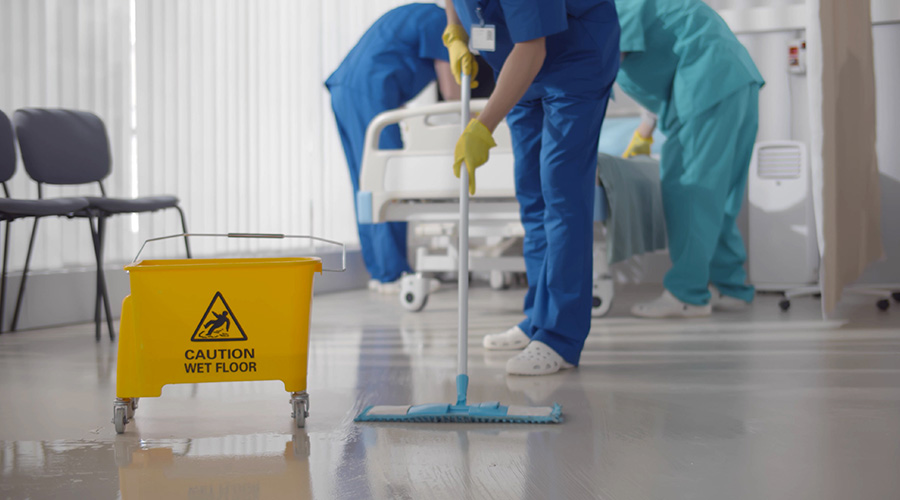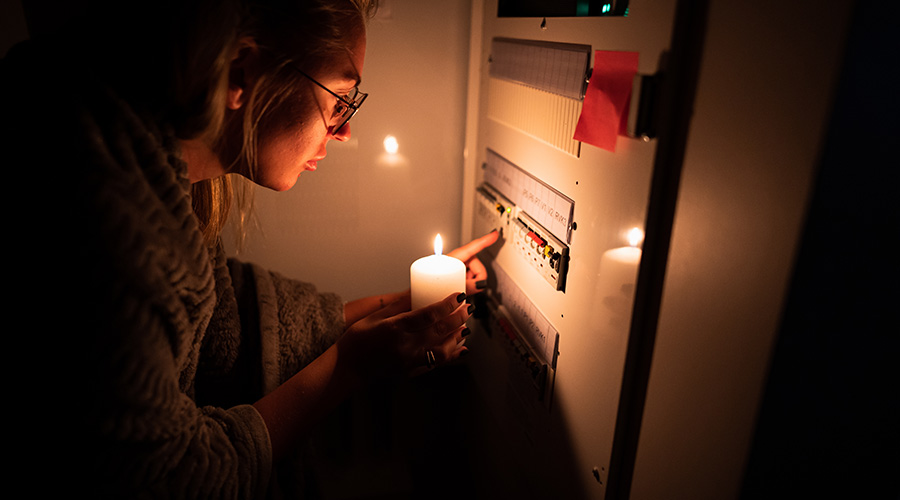Bed bug problems have risen steadily over the past 10 years and questions about the threat they pose to humans continue to be debated.
More than a third of pest management companies reported treating a health care facility for bed bugs in 2012, according to a National Pest Management Association (NPMA) survey, according to an article on the Healthcare Facilities Management website.
Some researchers believe that bed bugs have allergen and respiratory effects, much like cockroaches. Others point to the sleep disturbance caused by the night-feeding pests, resulting in fatigue and mental health complications. For some, the bites cause mild to serious skin reactions that result in soreness, itching or infection. Those who experience bites also may feel paranoia about the pests during the day and especially at night, according to the article.
Relatively few people react visibly to initial bed bug bites, so the presence of visible bite reactions may not be a reliable early indicator of bed bug presence and may, in fact, leave bed bugs undetected for a longer period, the article said.
"In one independent living facility, for instance, 500 to 1,000 bed bugs were found in one room, mostly in the resident's bed. Upon further inspection, 10 other separate cases of bed bugs were found in the same facility. However, no bite reactions were reported by the facility's residents in the other affected areas. This finding was correlated by research at the University of Kentucky that showed that the elderly have a diminished response to skin irritants and are less likely to exhibit a reaction than younger people," the article said.
Prevention has patient rights and provider responsibility implications.. Aggressive policies to control incoming materials may raise privacy concerns and anxieties.Measures that are effective without alarming residents include:
• Checking mattresses.
• Requiring encased mattresses and box springs.
• Inspecting incoming furniture.
• Using monitoring technology. Equipment that uses carbon dioxide, heat and a kairomone can lure bed bugs out of hiding within two hours.
• Bed bug-sniffing dogs.
• DNA testing.
Read the article.

 Building Sustainable Healthcare for an Aging Population
Building Sustainable Healthcare for an Aging Population Froedtert ThedaCare Announces Opening of ThedaCare Medical Center-Oshkosh
Froedtert ThedaCare Announces Opening of ThedaCare Medical Center-Oshkosh Touchmark Acquires The Hacienda at Georgetown Senior Living Facility
Touchmark Acquires The Hacienda at Georgetown Senior Living Facility Contaminants Under Foot: A Closer Look at Patient Room Floors
Contaminants Under Foot: A Closer Look at Patient Room Floors Power Outages Largely Driven by Extreme Weather Events
Power Outages Largely Driven by Extreme Weather Events